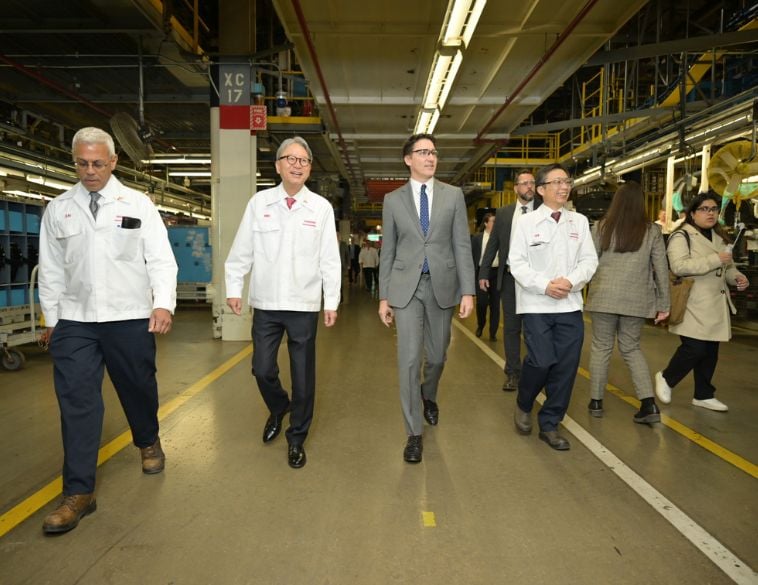Detrimental impacts from EVs will be felt far and wide.
Our federal government has issued a mandate for 2035 and they are spending billions of dollars of our money to try and make it happen. But can our pockets and our economy afford the billions being spent up to 2035 and the costly changes that will occur after 2035?
Despite all the talk of a bright future and the billions in subsidies being thrown at battery plants that will “create” jobs, manufacturing EVs will use 30% less labour than manufacturing ICE vehicles. EVs have substantially fewer moving parts than an ICE vehicle. Just look at an electric motor compared to an ICE motor. The electric motor has no pistons, no valves, no camshaft, no pushrods, etc., etc. An ICE powertrain could have up to 2,000 moving parts, while an EV powertrain could have as few as 20 moving parts. Remember, most EVs do not have a transmission.
Less equals less
If less moving parts are required, then it means the parts manufacturers will need less employees, less raw materials, and less logistics services, thus affecting jobs right down the vertical and in related areas. Manufacturing jobs, warehouse jobs, trucking jobs, etc.
Many of these are union jobs. Labour unrest will occur when the reality hits that these workers cannot be “transitioned” to jobs with similar wages and similar benefits. In May 2023, Ford’s CEO, Jim Farley, warned there will be disruptions in Ford’s workforce as not everyone is going to make it.
Farley admits Ford can’t ‘upskill everyone’ to work on its high-tech electric vehicles: ‘It will take too much time’…too much time because unrealistic green mandates do not provide enough time.
The auto manufacturers are going to be stuck with huge legacy costs, and they will turn to the government for subsidies and grants to help them with the legacy costs created by government policies.
Subsidies and grants, government handouts cost taxpayers and the entire economy. If you pay attention, you will see that most of the new green economy does not work without massive government subsidies and grants. As the government keeps handing out money, they must get this money from somewhere… do you feel that extra hand in your pockets?
Ripple effects
While it is the workers in the auto manufacturing vertical that will take the first hit, as the car park of ICE vehicles starts to decline, the workers in aftersales will also start to take the hit. Less moving parts means less service work and less parts sales. Fixed Operations at car dealerships will shrink, independent repair shops will start to close as demand for engine repairs, transmission repairs, oil changes, etc., starts to dry up. Parts jobbers will close as demand for parts to repair ICE vehicles will dry up, and there are very few parts to replace in an EV drivetrain.
A huge portion of the price you pay at the pump to fill the gas tank of your ICE vehicle is tax, both Federal and Provincial. As fuel sales decline, where will they get this tax revenue?
The Parliamentary Budget Office (PBO) released a report stating that it will take the government 20 years to break even on the $28.2 billion in EV battery production subsidies provided to Volkswagen and Stellantis. This is significantly longer than the Government’s estimate of a payback within five years. The government’s own watchdog, using best case estimates, has exposed the lie.
Many green mandates are based on rosy estimates, far removed from reality, and false promises that are packaged with slick marketing. The government is telling you they can use a 5-gallon bucket, with holes in the bottom to deliver you 5 gallons of water…and you are going to pay the cost of this expensive experiment that will obviously result in failure.



